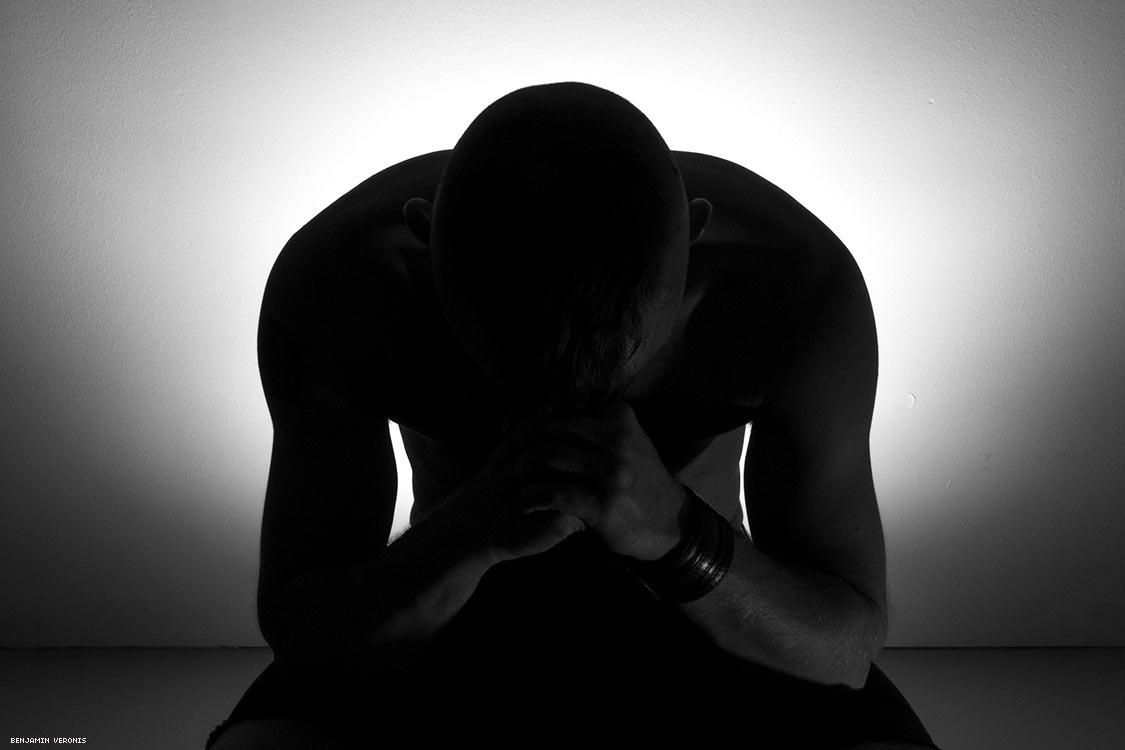In the realm of spiritual exploration, the Bahá’í Faith stands as a beacon of universalism and unity, advocating for the oneness of humanity through the teachings of its founder, Bahá’u’lláh. Among the myriad of stories that echo this central theme, the experiences of individuals like Van Gilmer serve to illustrate the profound impact of prayer and devotion in fostering unity among diverse peoples. This narrative uncovers the intricate, often uncharted dynamics of spiritual practice while addressing a common observation concerning the transformative power of communal prayer.
Van Gilmer’s story is not merely an account of personal belief; it is emblematic of the collective yearning for inclusiveness that is a cornerstone of Bahá’í teachings. Born in an era rife with division and strife, Gilmer’s journey unfolds against the backdrop of the greater Bahá’í initiative for global harmony. The Bahá’í Faith underscores that true unity stems from understanding, compassion, and collaboration among individuals from varying backgrounds and ideologies. In this light, one might ponder: what catalyzes such profound transformations within individuals who embrace these teachings?
To answer this query, it is essential to first delve into the essence of prayer within the Bahá’í Faith. Prayer, as espoused by Bahá’u’lláh, transcends mere recitation. It serves as a conduit for direct communion with the Divine and facilitates an inner alignment of the soul with higher realities. Through prayer, individuals not only seek personal solace but also engage in a collective manifestation of spiritual intent, establishing connections that ripple outward into the fabric of society.
The phenomenon of collective prayer, particularly as experienced by Van Gilmer, manifests in transformative ways. When individuals gather to pray, there exists an undeniable synergy—a harmonious vibration that resonates within and among participants. This collective energy has the potential to transcend personal grievances and illuminate shared aspirations. Particularly in diverse gatherings, the act of uniting in prayer can serve to dismantle barriers that often emerge from cultural and ideological differences.
In Gilmer’s case, the power of such gatherings was palpable. As a Bahá’í, he dedicated considerable portions of his life to community building through shared spiritual experiences. The stories he would recount often focused on moments where divisions dissolved, if only momentarily, and the essence of oneness became tangible. Many observers noted an almost magnetic pull that these gatherings held, eliciting feelings of kinship and belonging, irrespective of one’s background. This form of spontaneous, unforced unity speaks to a deeper truth embedded within the Bahá’í teachings—a recollection of a primordial state of connectedness, which many have unconsciously yearned to rediscover.
Yet, even amidst these profound experiences, it is crucial to acknowledge the underlying challenges. Time and again, Gilmer encountered skepticism and reluctance from those outside the Bahá’í community, often rooted in historical misunderstandings or entrenched beliefs about religion. Such resistance raises an intriguing observation: why does the very concept of spiritual unity elicit apprehension in some? This question hints at deeper philosophical inquiries regarding human nature, fear of the unknown, and the societal constructs that often delineate us from one another.
While the teachings of Bahá’u’lláh advocate for the dissolution of these barriers, they simultaneously acknowledge the complexity inherent in human relationships. The struggle for unity is not merely an external endeavor; it necessitates introspective honesty and vulnerability. Gilmer’s participation in interfaith dialogues, events designed to bridge gaps between divergent faith traditions, illustrates this requisite engagement with authenticity. These exchanges, while occasionally fraught with tension, serve as platforms for mutual understanding and revelation. It is within the crucible of challenging conversations that the essence of unity can truly flourish.
Furthermore, Gilmer’s commitment to advocacy for marginalized communities reveals an additional layer to the practice of prayer and unity. By recognizing and addressing social injustices through a Bahá’í lens, he exemplifies the duality of spiritual and practical action—a principle deeply rooted in the Faith. Bahá’í teachings assert that genuine worship is inherently linked to service; thus, through collective prayer, practitioners not only elevate their spirits but also galvanize their commitment to addressing the pressing issues facing humanity.
The synthesis of individual devotion and communal responsibility is emblematic of the Bahá’í vision. Gilmer’s legacy continues to inspire engagement—not only in prayer but in action towards fostering equitable societies. His life’s work invites contemplation on the interdependent nature of individual spiritual journeys and collective societal advancements. It elucidates that genuine unity must embrace a diversity of thought, experience, and practice, challenging adherents of the Faith to remain steadfast in their pursuit of comprehensive understanding.
In conclusion, Van Gilmer’s story serves as a microcosm of the broader Bahá’í mission: a clarion call for unity in a fragmented world. His experiences exemplify the transformative power of prayer, revealing intricate pathways toward understanding and inclusivity. As adherents engage with these teachings, they are reminded that the journey toward unity is one marked by both triumph and trial. The continuous pursuit of deeper connections—whether through prayer or action—remains a testament to the enduring relevance of Bahá’í principles in today’s multifaceted society. It is through this lens that we come to realize the far-reaching implications of unity, illuminating a path forward that beckons humanity to embrace its shared destiny.
